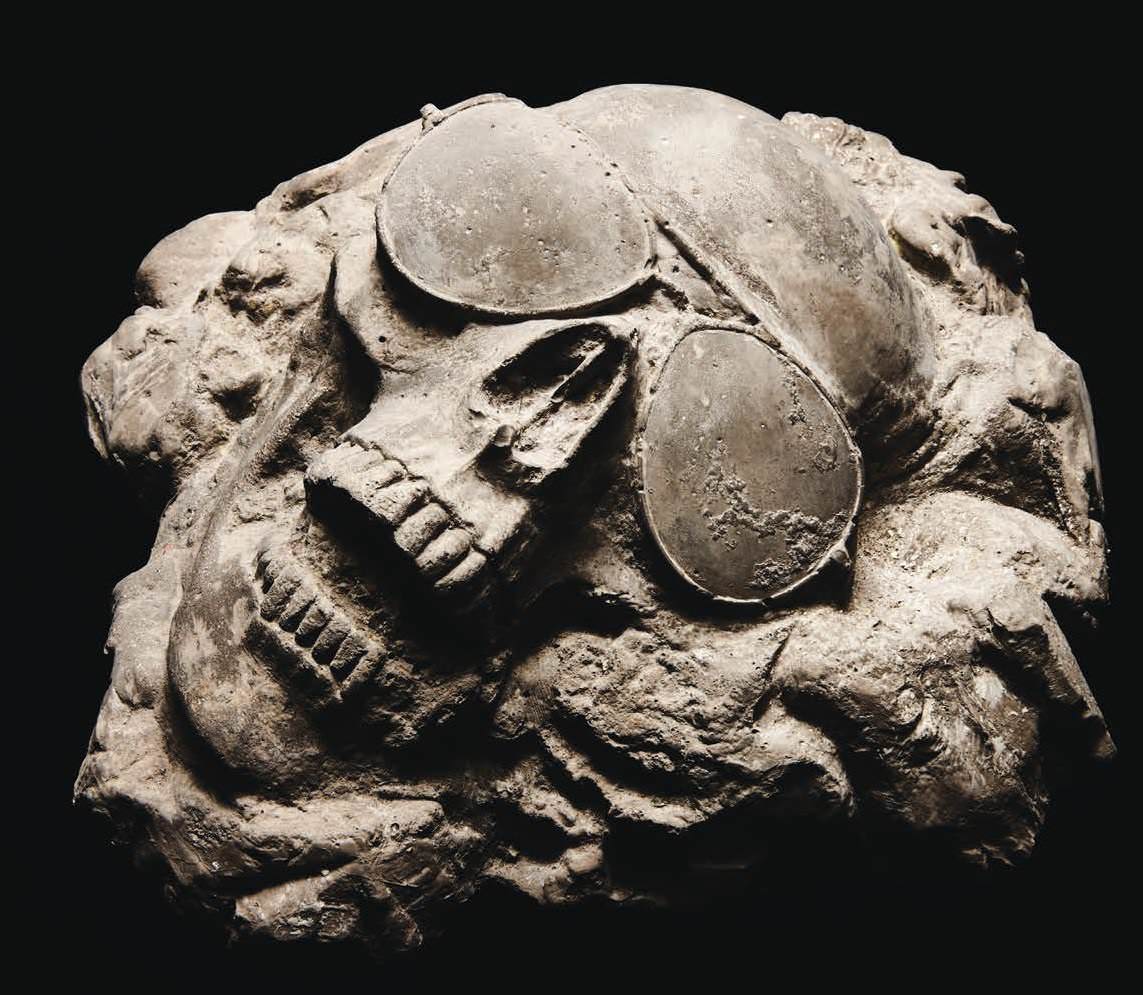Plague, famine, heat no human can survive. This is not science fiction but what scientists, when they’re not being cautious, fear could be our planet’s future—far sooner than we think.

“Doomsday”
PEERING BEYOND SCIENTIFIC RETICENCE.
IT IS, I PROMISE, WORSE THAN YOU THINK. If your anxiety about global warming is dominated by fears of sea-level rise, you are barely scratching the surface of what terrors are possible, even within the lifetime of a teenager today. And yet the swelling seas—and the cities they will drown—have so dominated the picture of global warming, and so overwhelmed our capacity for climate panic, that they have occluded our perception of other threats, many much closer at hand. Rising oceans are bad, in fact very bad; but fleeing the coastline will not be enough.
Indeed, absent a significant adjustment to how billions of humans conduct their lives, parts of the Earth will likely become close to uninhabitable, and other parts horrifically inhospitable, as soon as the end of this century.
Even when we train our eyes on climate change, we are unable to comprehend its scope. This past winter, a string of days 60 and 70 degrees warmer than normal baked the North Pole, melting the permafrost that encased Norway’s Svalbard seed vault—a global food bank nicknamed “Doomsday,” designed to ensure that our agriculture survives any catastrophe, and which appeared to have been flooded by climate change less than ten years after being built.
This story is from the July 10–23, 2017 edition of New York magazine.
Start your 7-day Magzter GOLD free trial to access thousands of curated premium stories, and 8,500+ magazines and newspapers.
Already a subscriber ? Sign In
This story is from the July 10–23, 2017 edition of New York magazine.
Start your 7-day Magzter GOLD free trial to access thousands of curated premium stories, and 8,500+ magazines and newspapers.
Already a subscriber? Sign In

Our Campus.Our Crisis.
Inside the encampments and crackdowns that shook American politics.

Middle Management
A 40-something woman undergoes asexual awakening in Miranda July’s thrilling new work.

Return to Guantánamo
Serial dusts off American terror's old machinery.

Chekhov, Misfiring
An Uncle Vanya that’s all talk.

The Art World's Pot Stirrer Returns
Maurizio Cattelan’s first solo gallery show in more than 20 years is a provocative commentary on America’s ills.

On Normani's Time
Five years into her solo career, the pop star's debut album is finally imminent. She's not sorry for the wait.

French Quarter Seafood in Fort Greene
Lots of oysters and fillets of fish inspired by Nobu at Strange Delight.

Where Does the Wine Bar End and the Restaurant Begin?
Pét-nats, pan roasts, and a lobster on the loose at Penny and Demo.

Trial-and-Error Arcadia
Kitty Hawks and Larry Lederman's Chappaqua gardens have been a three-decade-long journey.

The Trash and Treasures of Temu
How are these headphones 4.98? And everything else you've wondered about the chaotic new Everything Store.